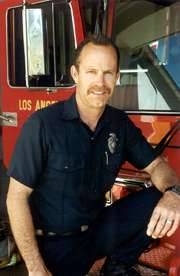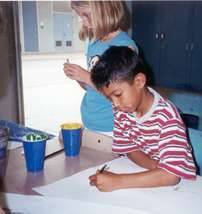For several months now, a coalition of individuals representing groups with diverse interests, often at odds with each other, have been meeting and working together to find common ground and to formulate the beginning of a campaign to pass a bond measure in November.
After several months of working together, the Bond Measure Coalition, for want of a better name, presented to the city council on Monday night some ballot language that it feels represents the desires of a large majority of Malibu residents and voters. And we hope the city council will adopt it or something very close to it and present it to the community at large in a special election in November.
The Bond Measure Coalition members know that the proposed $15 million bond, if passed, won’t get everything for everyone, but they think that if it passes, it will get a great deal of what most of the people in Malibu believe is important for this community.
It emphasizes the purchase of land in Malibu for parks, playing fields, a community center and open areas that protect natural habitat and limit the sprawl and traffic involved with building out 100% of presently developable commercial land.
A recent Los Angeles Times editorial (“Deep Pockets for Nature,” May 12, 2001, Section B, page 12) commends cities like Monrovia, whose residents recently passed a $10 million property tax to buy land. Monrovia will now give agencies such as the Wildlife Conservation Board for $11 million more in grants “to preserve wild mountain land near the city, as development and sprawl chip away at what remains of it. But Monrovia deserves special consideration for its willingness to put up its own share of funds before going to Sacramento for help.”
This is exactly how the coalition hopes the City of Malibu will be perceived to potential grantors in Sacramento and elsewhere should the bond measure pass by the required two-thirds vote in November.
In order to provide direction to the future city council to make their task easier and reflective of community needs and desires, the coalition is now working on a comprehensive report that will identify the scope and specific projects that could be funded by the bond.
Furthermore, in the next few months, the coalition will test this ballot language through a random survey of likely voters. It will raise money to run a campaign, line up endorsements, provide speakers to community groups, and do one or two mailings in the fall.
The coalition welcomes support and participation from the community as well as honest and constructive criticism from all individuals and interests.
For more information on the Bond Measure Coalition, e-mail: malibumona@earthlink.net.
Mona Loo



